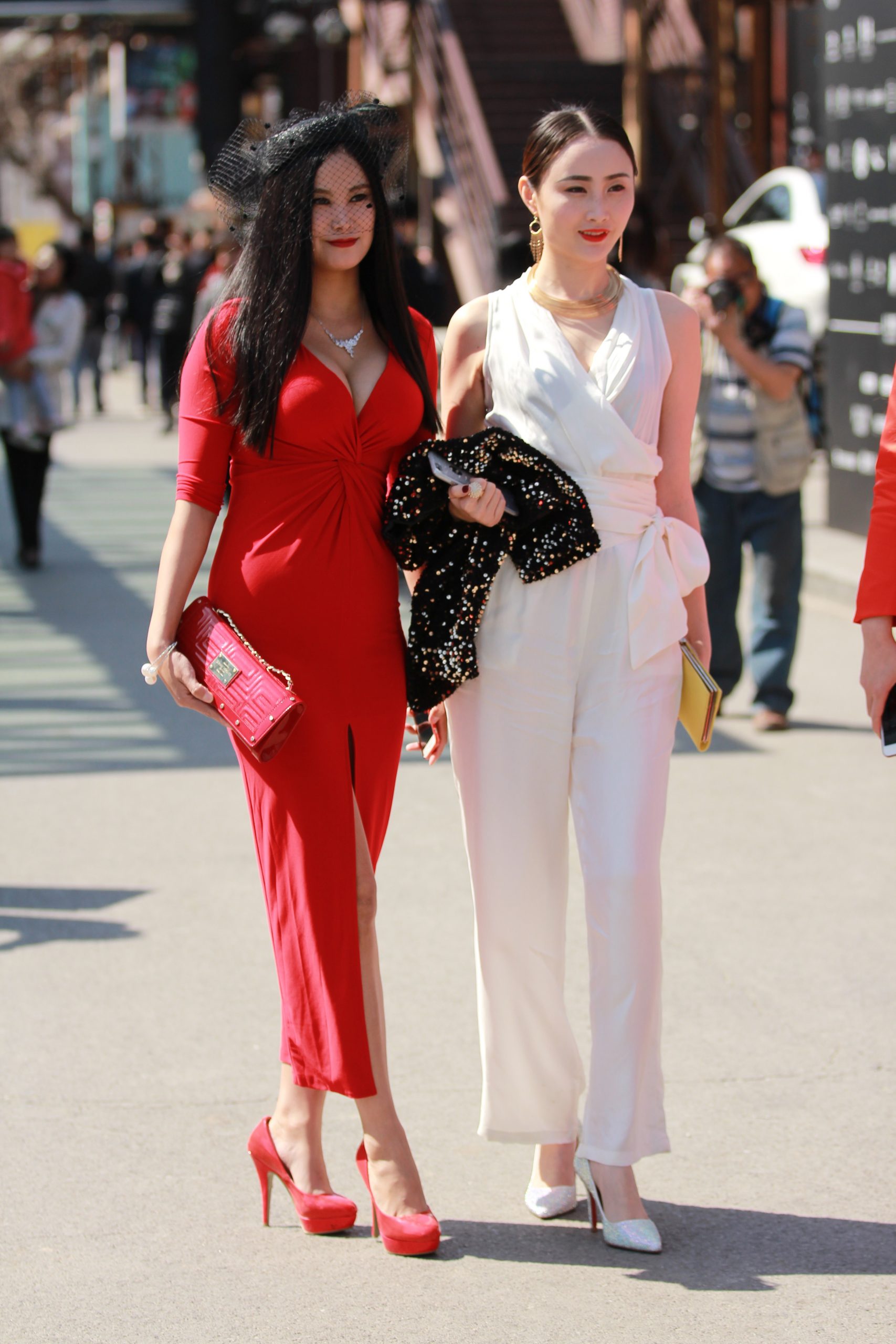Introduction
Bangladesh’s garment industry, the world’s second-largest apparel producer following China, is a multifaceted landscape marked by triumphs and challenges. It’s a sector that has significantly transformed the country’s economy, but not without its share of controversies. This article delves into the intricate weave of Bangladesh’s fashion production, examining its economic impact, labor conditions, sustainability efforts, and global implications.
Economic Impact and Growth
Since the 1980s, the Bangladeshi garment industry has been a cornerstone of the nation’s economic growth. In 2021, it accounted for approximately 80% of Bangladesh’s total export earnings, showcasing its monumental role in the economy. The sector has been instrumental in providing employment to over 4 million people, primarily women, thus playing a significant role in empowering a significant segment of the population.
However, this economic success story is not without its complexities. The industry’s reliance on low labor costs has raised questions about its long-term sustainability and the potential for economic diversification.
Labor Conditions: Progress and Ongoing Challenges
The 2013 Rana Plaza tragedy, where over 1,100 garment workers lost their lives due to a building collapse, brought global attention to labor conditions in Bangladesh. It led to initiatives like the Accord on Fire and Building Safety in Bangladesh and the Alliance for Bangladesh Worker Safety. These efforts have significantly improved safety standards, but challenges persist.
Workers often face low wages, long hours, and limited rights. Despite government efforts to increase the minimum wage, many argue that it remains insufficient to meet the basic cost of living. Moreover, unionization efforts are often met with resistance, leaving workers vulnerable to exploitation.
Sustainability and Environmental Concerns
The fashion industry is notorious for its environmental footprint, and Bangladesh is no exception. The country grapples with issues like water pollution due to the discharge of untreated industrial waste and the use of hazardous chemicals.
However, there’s a growing movement towards sustainability within the industry. Some factories are adopting eco-friendly practices, such as water recycling and energy-efficient technologies. These initiatives, while still in their infancy, indicate a potential shift towards a more sustainable fashion production model.
Global Supply Chains and Consumer Responsibility
Bangladesh’s garment industry is deeply intertwined with global supply chains. Western fashion brands, attracted by low production costs, play a significant role in the industry. This relationship raises questions about the responsibilities of these international companies in ensuring fair labor practices and environmental sustainability.
Consumer awareness and activism in the West are growing, pushing brands towards more ethical and sustainable practices. However, there’s still a significant gap between consumer intentions and actual purchasing behavior.
Conclusion
The fashion industry in Bangladesh is a complex tapestry, woven with economic aspirations, labor struggles, environmental concerns, and global interconnections. While there have been notable improvements in safety standards and some strides towards sustainability, the industry continues to face critical challenges. Addressing these issues requires a collaborative approach involving the government, industry leaders, international brands, and consumers. As Bangladesh continues to navigate these complexities, the world watches, acknowledging both its achievements and the journey that still lies ahead.










